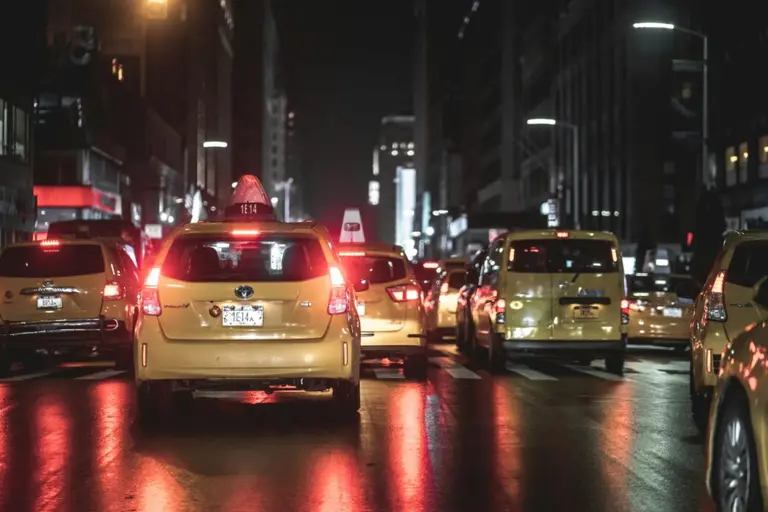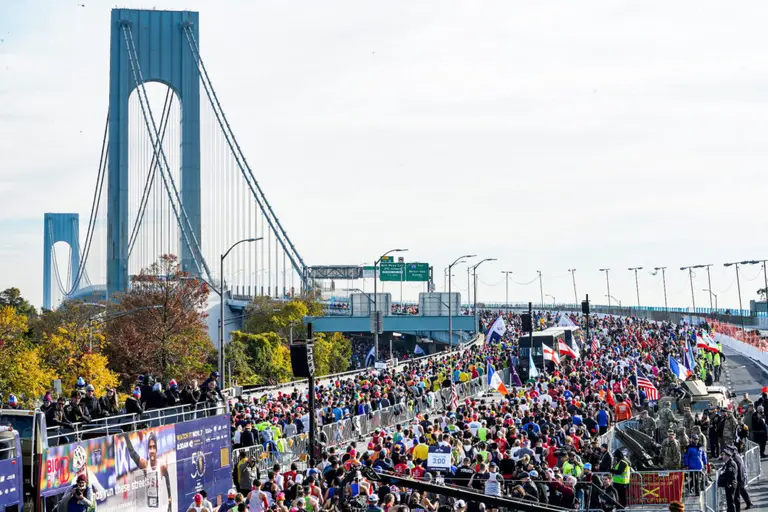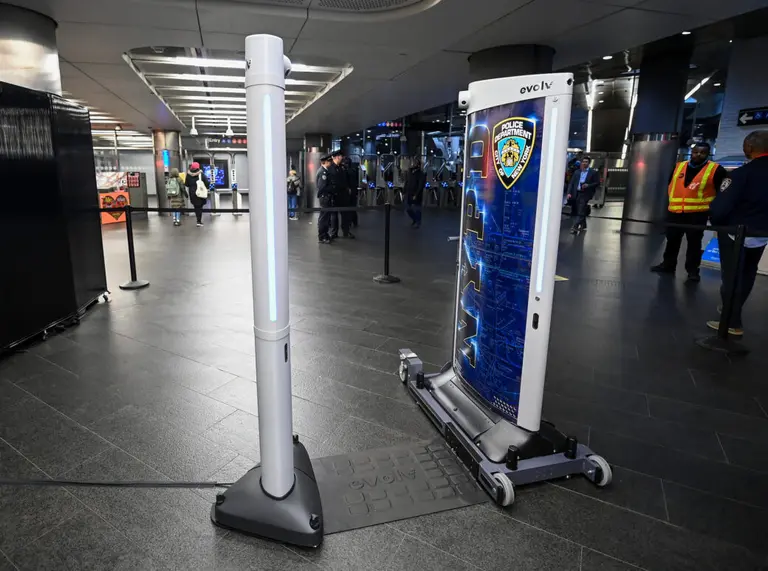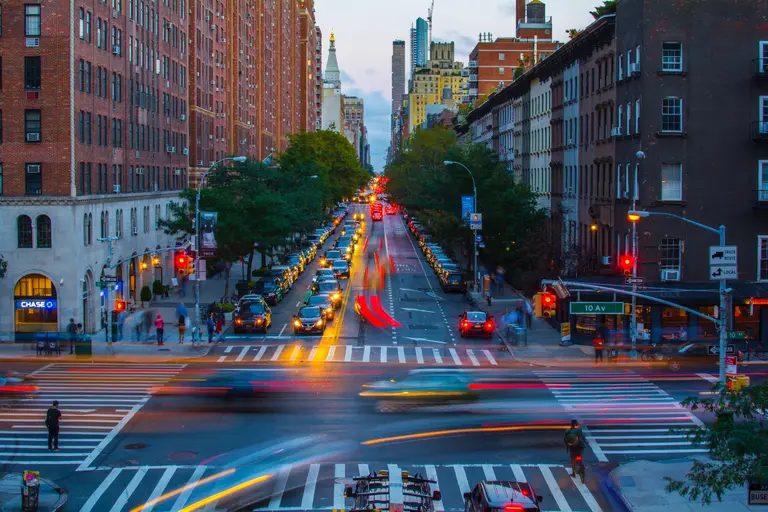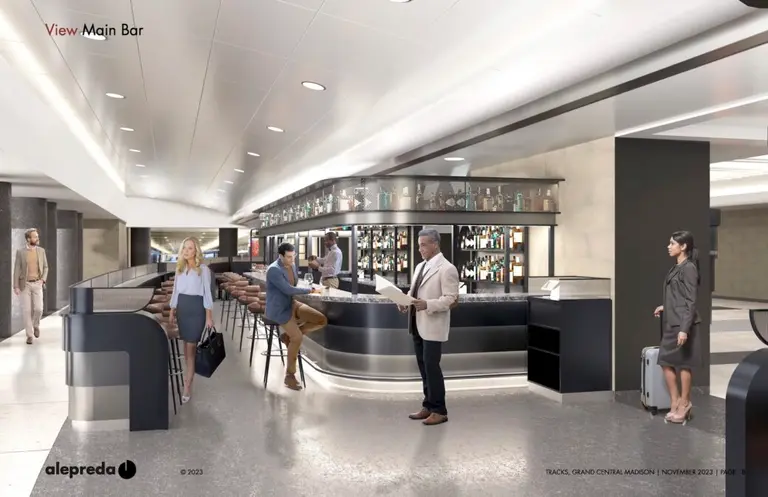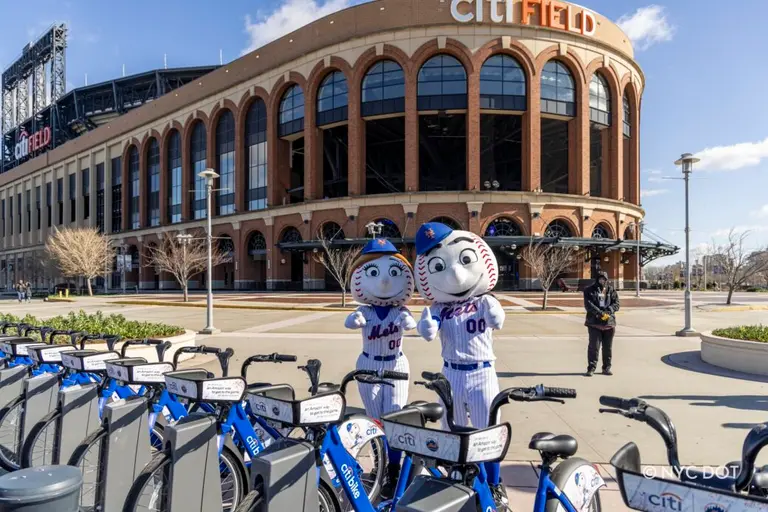3,000 Ubers could replace NYC’s fleet of 14,000 taxis
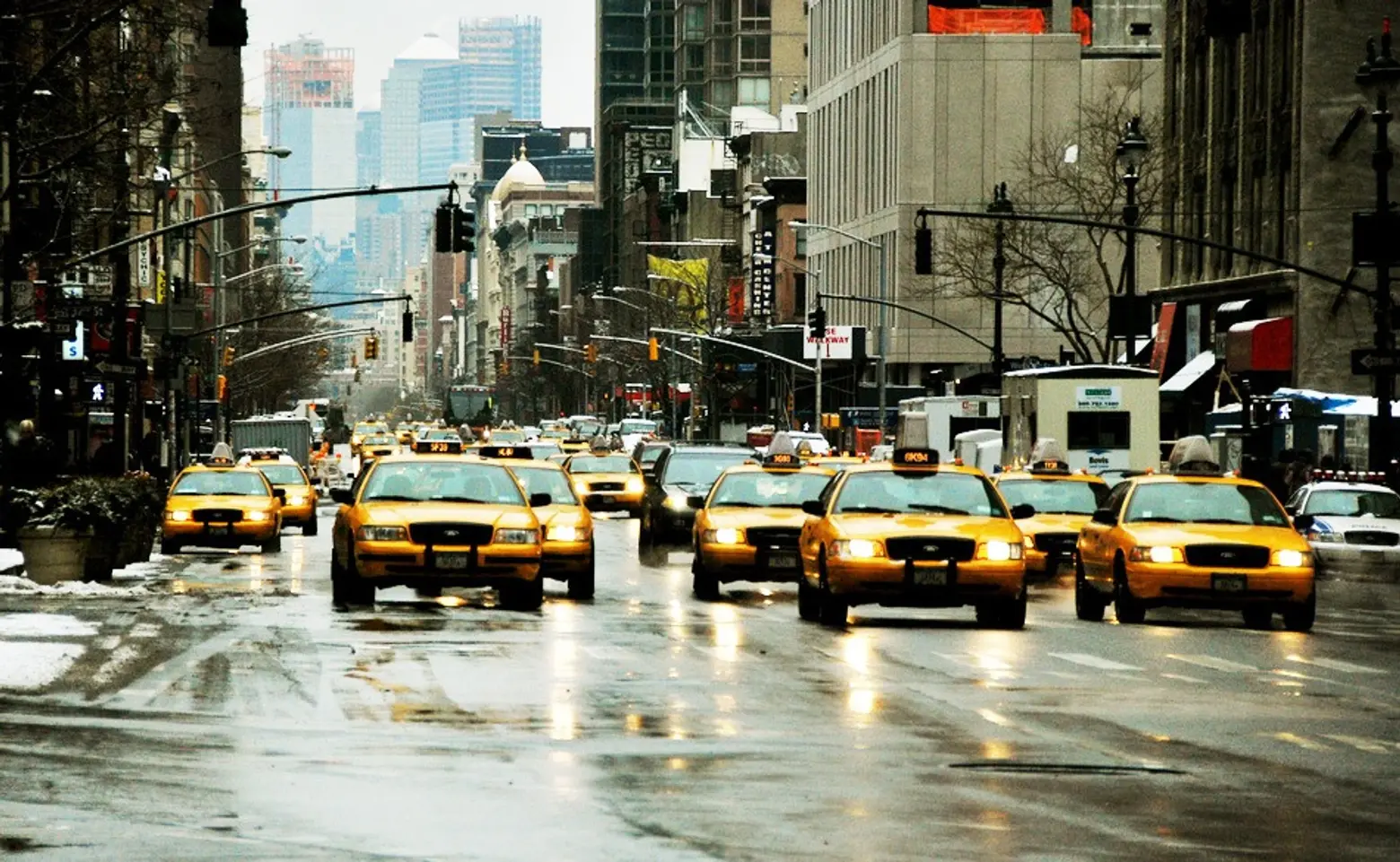
If the city is looking to cut down on emissions and reduce traffic, here is some food for thought courtesy of folks over at MIT. Researchers at the Computer Science and Artificial Intelligence Lab (CSAIL) have determined that 3,000 ridesharing vehicles have the potential to do the same amount of work as NYC’s fleet of roughly 14,000 taxis—that is if New Yorkers are willing to use rideshare carpooling like Lyft Line and Uber POOL.
To come to this surprising figure, CSAIL developed an algorithm that can reroute vehicles based on real-time requests and send idle cars to areas experiencing high-demand. Applying the algorithm to a simulation based on data from more than 3 million NYC taxi rides taken in 2013, they found that no matter the size of the car, as long as people were carpooling through ride-shares, significantly fewer vehicles were needed to move people around. Moreover, they discovered that service sped up 20 percent, leading to mean waiting time of 2.8 minutes and mean trip delay of 3.5 minutes. When adjusting for vehicle size, they found that 3,000 four-passenger cars could serve 98 percent of taxi demand; 3,000 two-passenger cars could serve 94 percent of taxi demand; and 2,000 ten-passenger vehicles could serve 95 percent of taxi demand.
Moreover, the team found that ridepooling could help reduce congestion on city streets by 300 percent. According to CSAIL, congestion costs Americans $160 billion annually, and that includes 7 billion hours of time lost to traffic and 3 billion gallons of fuel burned while stalled.
“To our knowledge, this is the first time that scientists have been able to experimentally quantify the trade-off between fleet size, capacity, waiting time, travel delay, and operational costs for a range of vehicles, from taxis to vans and shuttles,” said Daniela Rus, an MIT professor and co-author of the study, in a statement. “What’s more, the system is particularly suited to autonomous cars, since it can continuously reroute vehicles based on real-time requests.”
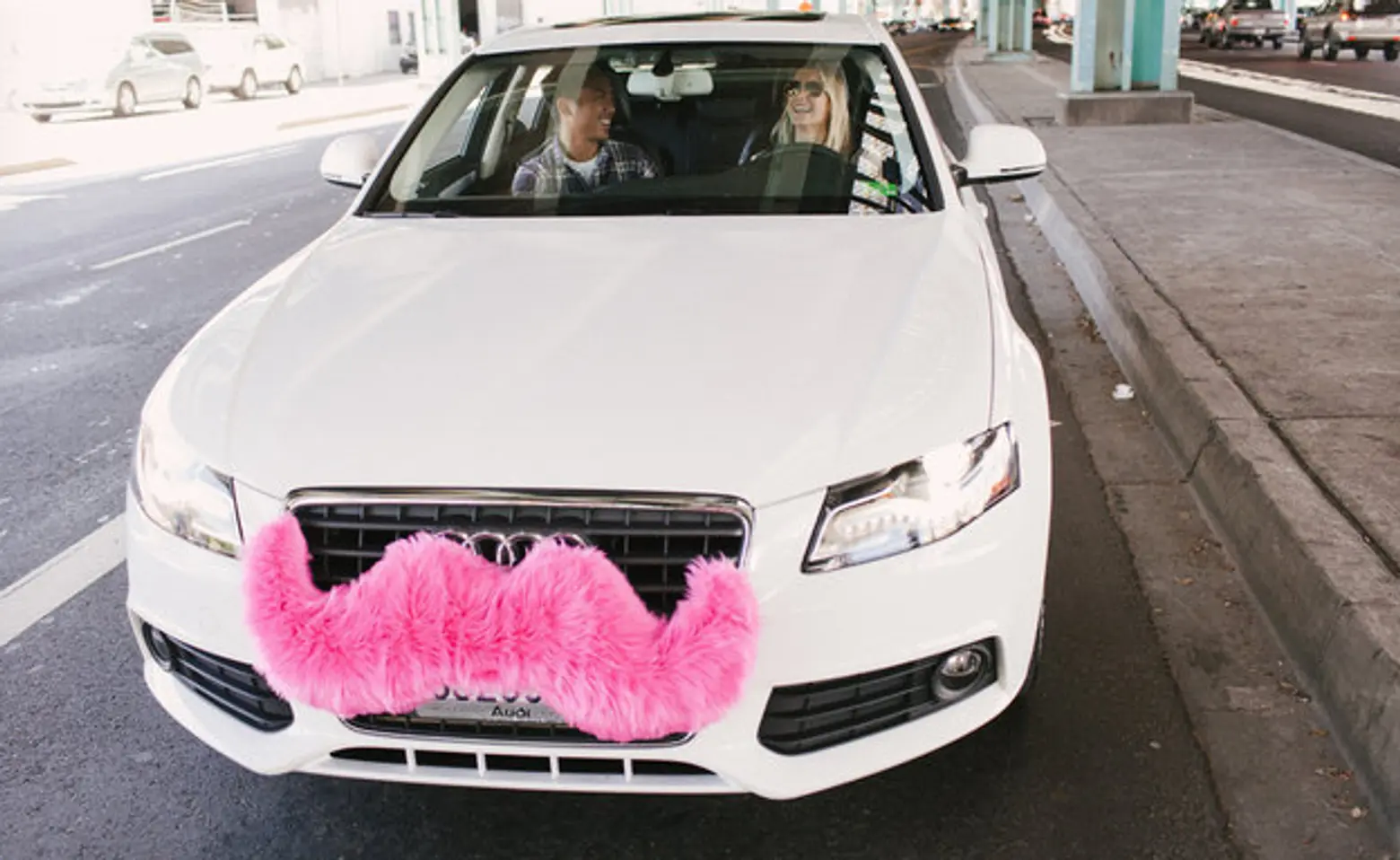
Although CSAIL’s algorithm may not sound all too different than Uber POOL or Lyft Line’s existing apps, the main difference is that CSAIL’s works independently of the driver. This means that the algorithm itself will match, and rematch if necessary, users to different vehicles in real-time to optimize vehicle capacity, fuel costs, time and inconvenience to the passenger. As it stands, Lyft Line and Uber POOL drivers must finalize all user requests before a carpool route can be established. Different passengers also need to be on the same route.
“Ride-sharing services have enormous potential for positive societal impact with respect to congestion, pollution and energy consumption,” said Rus. “I think it’s important that we as researchers do everything we can to explore ways to make these transportation systems as efficient and reliable as possible.”
[Via MIT CSAIL]
RELATED:
